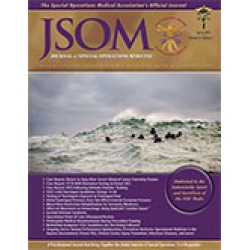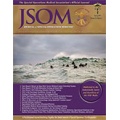The Effects of Movement on Hemorrhage When QuikClot® Combat Gauze™ Is Used in a Hypothermic Hemodiluted Porcine Model
Garcia-Blanco J, Gegel B, Burgert J, Johnson S, Johnson D 15(1). 57 - 60 (Journal Article)
Background: The purpose of this study was to compare the effectiveness of QuikClot® Combat Gauze™ (QCG) to a control wound dressing to withstand movement in a porcine model with hemodilution and hypothermia. Design: This was a prospective study with a between-subjects experimental design. Twenty-six Yorkshire swine were randomly assigned to two groups: QCG (n = 13) or a control dressing (n = 13). Methods: The subjects were exsanguinated to 30% of the blood volume; hypothermia was induced for 10 minutes. The hemostatic agent, QCG, was placed into the wound, followed by standard wound packing. If hemostasis was achieved, 5L of crystalloid solution were rapidly administered intravenously, and the wound was again observed for rebleeding. If no bleeding occurred, the extremity on the side of the injury was systematically moved through flexion, extension, abduction, and adduction sequentially 10 times or until rebleeding occurred. Results: An independent t test indicated there were significant differences in the number of movements before rebleeding between the QCG group (mean ± standard deviation [SD], 32.92 ± 14.062) and the control group (mean ± SD, 6.15 ± 15.021) (ρ < .0001). Conclusion: QCG produces a robust clot that can withstand more movement than a control dressing.


 Español
Español 




